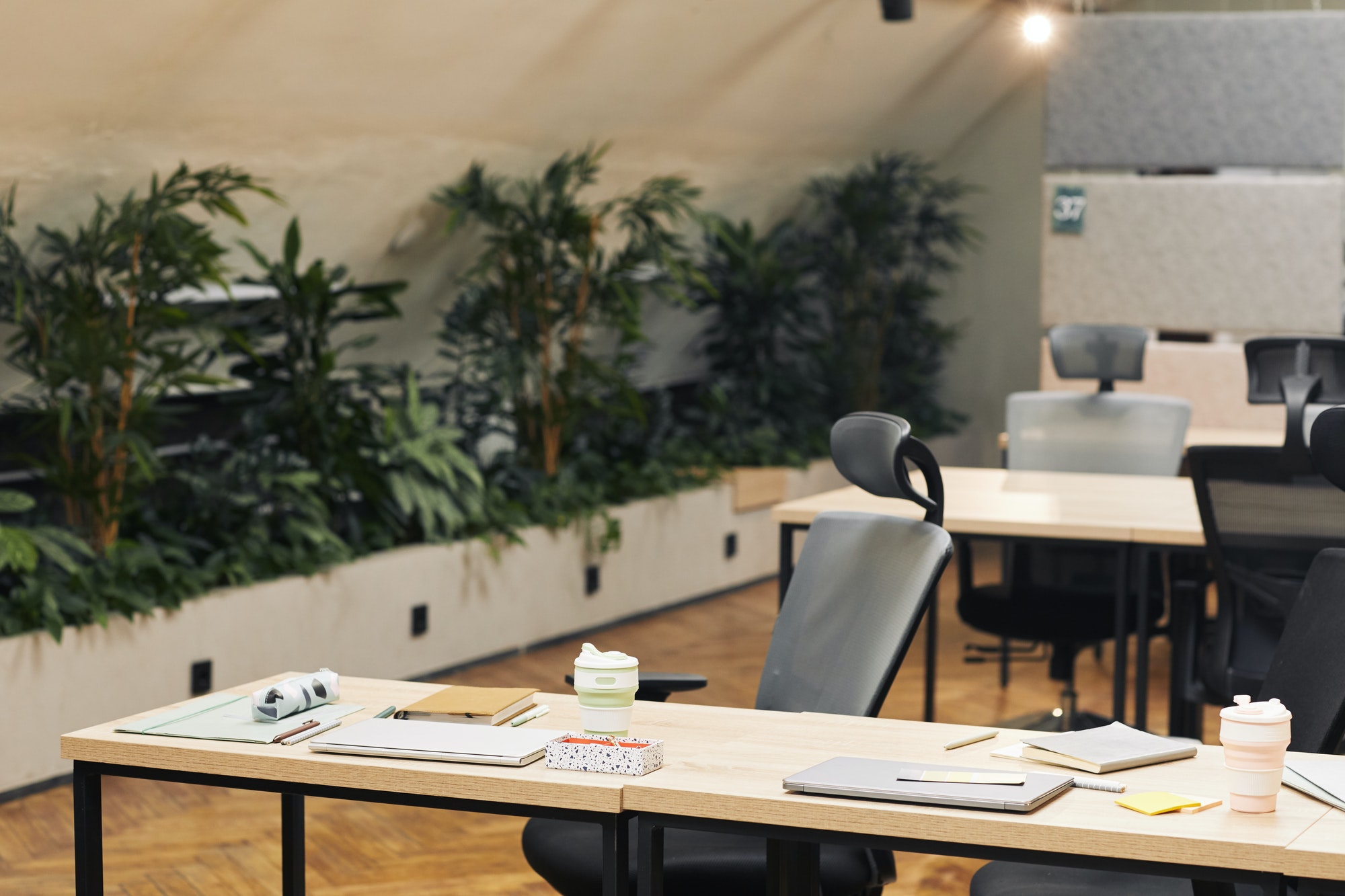Backtracking to a decade ago, the office layout was mostly cubicles with a standard desk and chair. Looking back to those times, they seem pretty depressing, right? Considering the trends in office space, cubicles with old-fashioned furniture and technology could just impede employee performance. This subject revolves around the efficacy of workplace ergonomics. How can workplace ergonomics impact employee performance?
Negative effects of poor posture
The main focus of workplace physical ergonomics focuses on correcting poor posture and cultivating constructive habits. This involves the way employees sit and work at their desks. Poor posture when sitting can lead to backache, discomfort on the hips, and neck pain. Over a prolonged period, employees with poor posture are prone to take sick days to attend physiotherapy to reverse these effects.
Employee absenteeism directly impacts the bottom line since it limits productivity, and part-time personnel might need to fill in, chipping away at the revenue. Workplace ergonomics could potentially reduce employee absenteeism to a minimum. Promoting good posture while working goes a long way in improving collective employee performance.
Workplace ergonomics improves employee’s moods
Workplace ergonomics have an extended effect on employee performance, more than just reducing absenteeism stats. It also has an impact on the mood of your employees. If the workforce complains about uncomfortable chairs and desks, their mood drops and impedes productivity. However, when employees are satisfied with their ergonomic furniture and office space environment, teamwork comes naturally. Employees have better camaraderie, and that boosts productivity.
You can find vibrant and ergonomic furniture-friendly San Diego office space for rent for boosted employee performance. Companies like Google, Facebook, and other large Silicon Valley tech corporates have implemented a relaxed and ergonomic workplace. The results are a free flow of ideas between employees, taking these organizations to greater heights.
Implementing physical ergonomic elements in the office
There are several practical steps you can take to implement physical ergonomics in your office space. The first step is to update office furniture to ergonomic modern chairs and desks. Updating standard office chairs with ergonomic ones will improve employee posture during work hours.
In addition to updating furniture, allowing employees time to stretch freely or take a walk and work in a different relaxed environment also contributes to workplace ergonomics. For example, Google has introduced beanbags in its offices so that employees can relax while working. Implementing a similar work culture can improve workforce satisfaction, which impacts productivity.
Advantages of standing desks
Other furniture upgrades you can do in your office space are standing desks for all employees. “Sitting is the new smoking,” so adding standing desks around the office for everyone has its benefits. The office workforce spends most of their time sitting as they sit while commuting to work, at home when watching TV, and at work.
Sitting for such prolonged periods negatively impacts skeletal health, blood circulation, and energy levels. Offices with standing desks have a much more energetic staff. This manifests the benefits of either investing in electric motor-powered standing desks or traditional desk converters. Although the initial investment could seem like a waste, it will pay itself off in productivity and employee satisfaction.
Boosted productivity with ergonomic keyboards
Ergonomic keyboards are an element most offices do not consciously consider when buying equipment. However, a computer keyboard is the most basic piece of equipment used every day at an office.
The type of keyboard you choose for your workforce will impact productivity. How? If a keyboard does not have a place for wrists to rest, employees might take some time stretching their wrists. For data entry jobs, this could hamper productivity to a great extent. Therefore, consider getting ergonomic keyboards with wrist rests or ones that split for a more comfortable typing experience.
Making meetings more dynamic
Implementing workplace ergonomics during meetings can make them much more dynamic. For example, having a “standing meeting desk” in the conference room can make stand-up meetings more concise and straight to the point. With shorter meetings, employee performance is boosted, and everyone in the meeting becomes productive.
There is no more sleeping during meetings, but standing makes all attendees more alert. Also, just like with standing desks, ergonomic meetings boost energy levels and improve teamwork. You can have two conference rooms if there is space, one for longer sit-down meetings and another for shorter stand-up discussions with a standing desk.
Discover more from Futurist Architecture
Subscribe to get the latest posts sent to your email.




